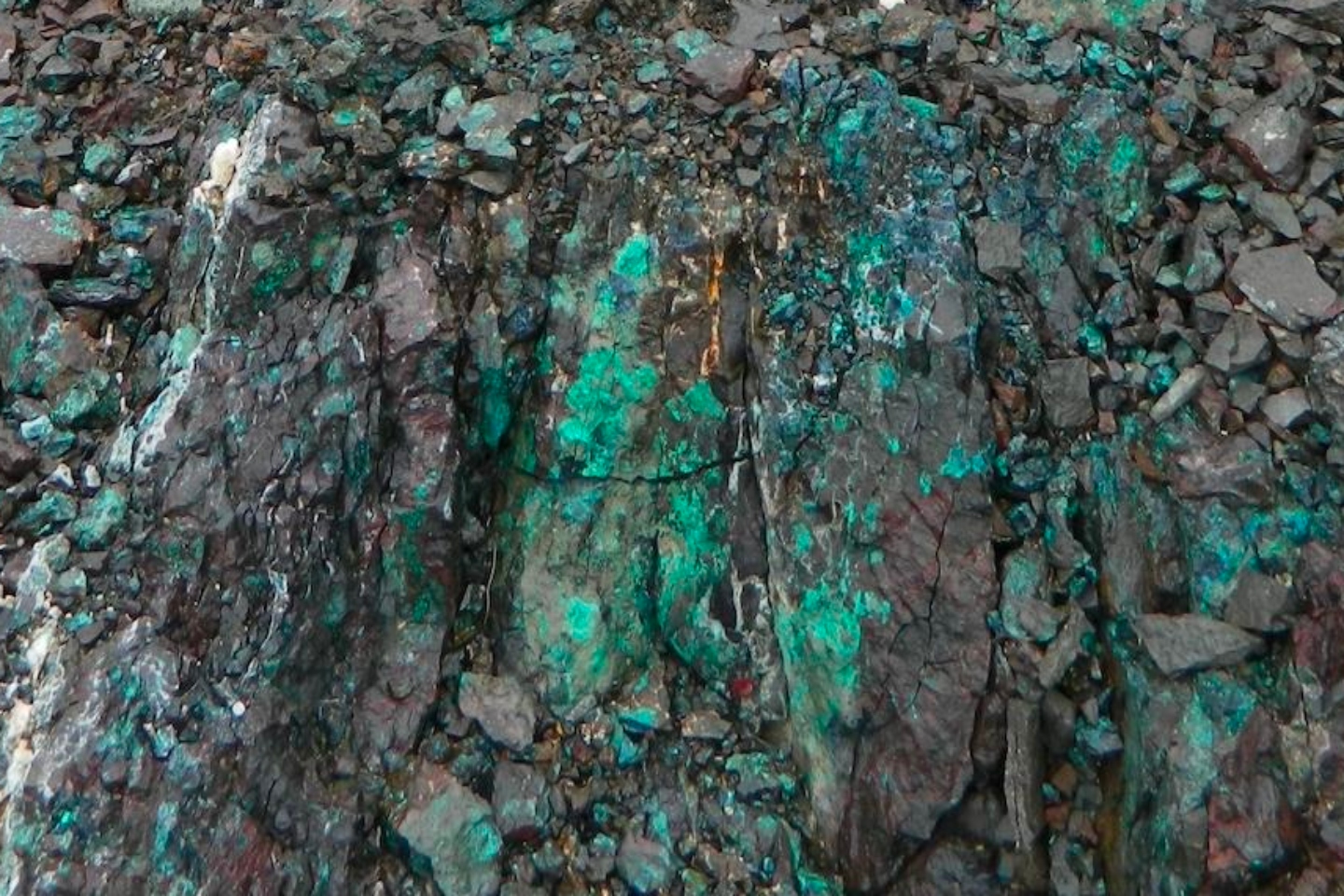White Cliff Minerals has orchestrated a stunning pivot away from its WA lithium and rare earths focus by steering into a high-grade copper hunt at one of the world’s fastest-growing mineral hotspots, Canada. The company has secured a swathe of ground in the Canadian province of Nunavut after an agreement with a private party for 61 mineral claims covering 80,500 hectares at Coppermine River.

White Cliff Minerals has orchestrated a stunning pivot away from its WA lithium and rare earths focus by steering into a high-grade copper hunt at one of the world’s fastest-growing mineral hotspots, Canada.
The company has secured a swathe of ground in the Canadian province of Nunavut after an agreement with a private party for 61 mineral claims covering 80,500 hectares at Coppermine River. Management says the Coppermine area hosts a raft of high-grade copper lodes that sit along the same structural trend, primarily consisting of native copper, chalcocite, bornite, and chalcopyrite.
Using existing high-resolution magnetics, in addition to extensive rock-chip, trench and drill results, White Cliff says outcropping structure and mineralisation can be traced over more than a whopping 100km of strike length.
A host of rocks on the company’s new ground are screaming with colour and management says exploration has validated dozens of prospective occurrences of copper and silver mineralisation. It includes one rock-chip sample from the Halo prospect returning assays of 30.24 per cent copper and 34 grams per tonne silver, while a second showed 30.25 per cent copper and 43g/t silver.
Rock-chip samples from the Cu-Tar prospect delivered even higher results, with one assay returning 35.54 per cent copper and 17g/t silver. The company’s Don target has returned multiple samples greater than 40 per cent copper with another showing 30.7 per cent copper and more than 22g/t silver.
These are flashy numbers to match the flashy visuals.
White Cliff Minerals executive chairman Roderick McIllree said: “This project is exceptional. The Company has secured, at very little cost, 100% tenure (with no royalty) over a very large, mineralised region analogous in scale, geology and evolution to the entire Mt Isa & Keweenaw Peninsula copper provinces. Importantly for short term value creation the high-grade structurally controlled copper mineralisation within the Coppermine Formation appears to have significant lateral extent. I believe the scale of these mineralised trends will be proven to be significant over time.”
The Coppermine area is rich in exploration history and that is a fact not lost on White Cliff, which has already spent hours trawling through documents relating to its new patch of ground.
Management says prospector Samuel Hearne first reached Coppermine River way back in 1771 and reported finding a four-pound copper nugget at surface. The area was first staked in 1929 and by late 1967, more than 40,000 claims were lodged by more than 70 different companies.
However, exploration slowed in the 1970s due to the instability of the price of copper.
The geology of the Coppermine area is characterised by an easterly-trending copper-bearing belt of meso-proterozoic continental flood basalts and associated marine sedimentary rocks of Neo-Proterozoic age. The belt extends 80km south from the town of Kugluktuk on the Coronation Gulf, and 174km west to 64km east of the Coppermine River.
Copper is considered by some industry analysts to be something of a market sleeper.
United States-based management consultant McKinsey & Company recently predicted global electrification would increase annual copper demand from the current mark of about 25 million tonnes up to 36.6 million tonnes by 2031. It also forecast copper supply to be at about 30.1 million tonnes, leaving a gap of 6.5 million tonnes by the start of the next decade.
Copper is an essential metal used in a wide range of industries, from construction to electronics, almost forcing a long-term demand.
White Cliff expects to have boots on the ground for reconnaissance work shortly and is planning a diamond drill campaign to test the potential for copper mineralisation. The company says it also expects to soon update shareholders on several additional complementary projects that it has secured at low cost.
And with Canadian minerals sparking some of this year’s most frenzied ASX trading, it may well have just put itself in the right place at the right time.
Is your ASX-listed company doing something interesting? Contact: matt.birney@businessnews.com.au
















